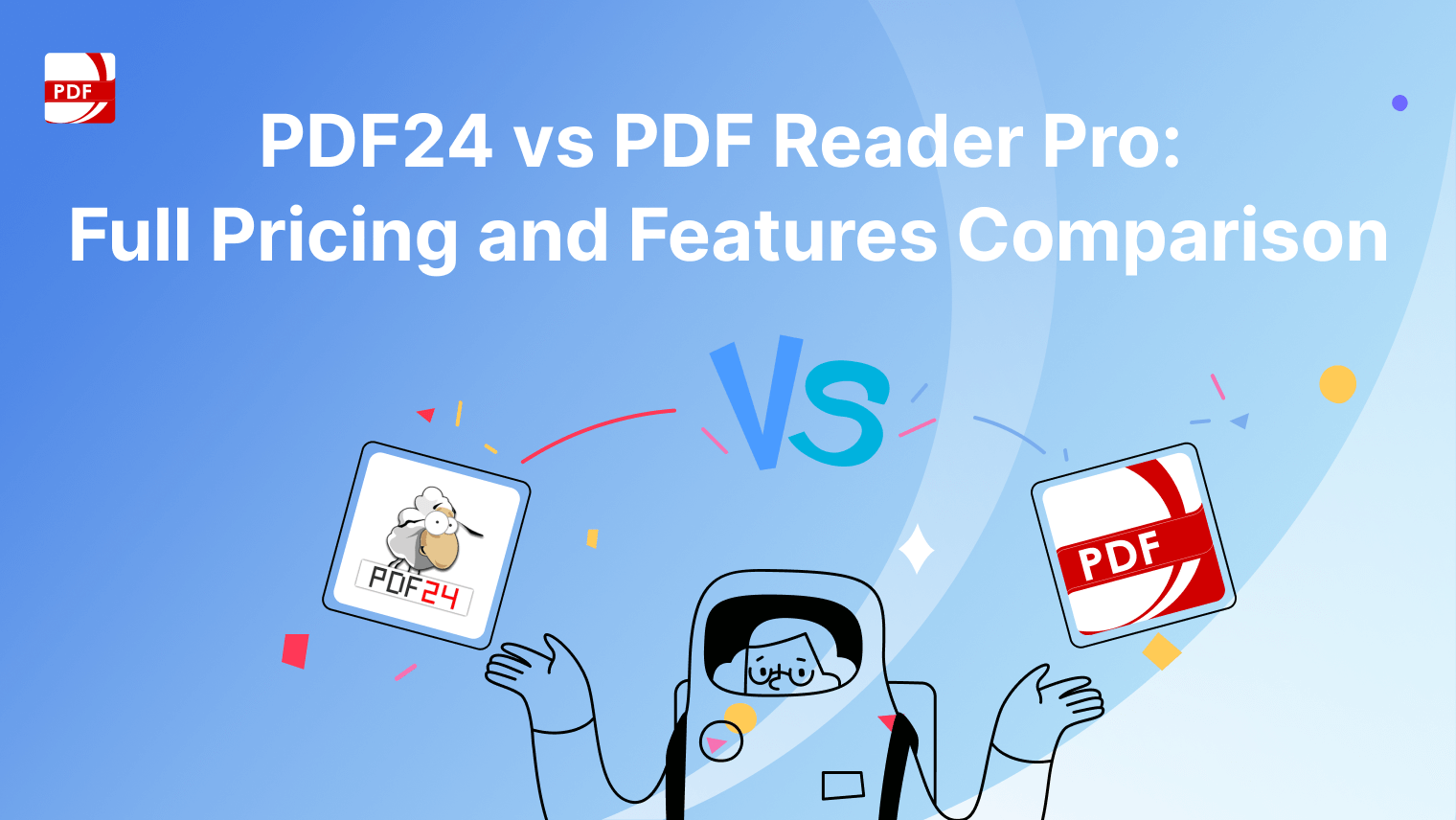Whether you’re an artist, designer, writer, or any other creative professional, a well-crafted portfolio can open doors to new opportunities and help you leave a lasting impression.
To help you get started, we’re excited to provide an example portfolio template that you can customize to highlight your unique abilities.
Why a Portfolio Matters
A portfolio is more than just a collection of your work; it’s a reflection of your professional identity.
Here are a few reasons why having a strong portfolio is crucial:
- Demonstrates Your Skills: A portfolio allows you to showcase your best work, demonstrating your capabilities and style to potential clients or employers.
- Builds Credibility: A well-organized portfolio can enhance your credibility and professionalism, making you more appealing to prospective clients or hiring managers.
- Tells Your Story: Your portfolio is an opportunity to share your journey, showcasing how you’ve developed your skills and evolved as a professional.
- Encourages Engagement: A visually appealing and informative portfolio can engage viewers, sparking conversations and inquiries about your work.
Key Components of a Strong Portfolio
When creating your portfolio, consider including the following elements:
- Introduction: A brief overview of who you are, your background, and what you specialize in. This sets the stage for your audience.
- Showcase of Work: Include samples of your best work. Depending on your field, this could be artwork, writing samples, design projects, or other relevant materials.
- Project Descriptions: For each piece in your portfolio, provide context. Describe the project, your role, the techniques used, and the outcome.
- Testimonials: Include quotes or endorsements from clients or colleagues that speak to your skills and work ethic.
- Contact Information: Make it easy for potential clients or employers to reach you. Include your email, phone number, and links to your professional social media profiles.
- Visual Appeal: Ensure your portfolio is visually engaging. Use a clean layout, high-quality images, and consistent formatting to enhance the overall presentation.
How to Use Our Portfolio Example Template
To help you create your portfolio, we’ve designed an example template that you can easily adapt:
Step 1: Download Our Portfolio Template
Simply click the blue button below to get the PDF version.
Step 2: Customize Your Document
Edit our example by opening it in PDF Reader Pro and using the tools available. You can get the latest version for Mac or Windows here:
Step 3: Review Carefully
When saving your document, you can export it as a PDF again (or choose another format).
Other Helpful Documents
These documents can enhance your professional presentation and provide additional context for your portfolio.
|
Document Type |
Description |
|---|---|
| Resume/CV |
A detailed account of your professional experience, education, skills, and accomplishments. |
| Cover Letter |
A personalized letter introducing yourself and explaining your interest in a specific opportunity. |
| Statement of Purpose |
A document outlining your professional goals and motivations, often used for academic applications. |
| Project Brief |
A summary of specific projects, including objectives, processes, and results, providing context for your work. |
| References List |
A list of individuals who can vouch for your skills and work ethic, typically provided to employers. |
| Certifications and Licenses |
Documentation of any relevant certifications or licenses that validate your expertise in your field. |
| Case Studies |
In-depth analyses of specific projects that showcase your problem-solving abilities and outcomes. |
| Personal Website/Blog |
A digital platform where you can showcase your work, share insights, and connect with your audience. |
| Networking Cards |
Business cards that provide your contact information and a brief overview of your professional brand. |
| Skill Inventory |
A list detailing your skills and competencies, useful for self-assessment and identifying areas for growth. |
| Professional Development Plan |
A document outlining your career goals and the steps you plan to take to achieve them. |
.
A well-crafted portfolio is a powerful tool for showcasing your talents and making a positive impression on potential clients and employers.
By using our example template, you can create a personalized portfolio that reflects your unique skills and experiences.












 Free Download
Free Download  Free Download
Free Download 





 Support Chat
Support Chat